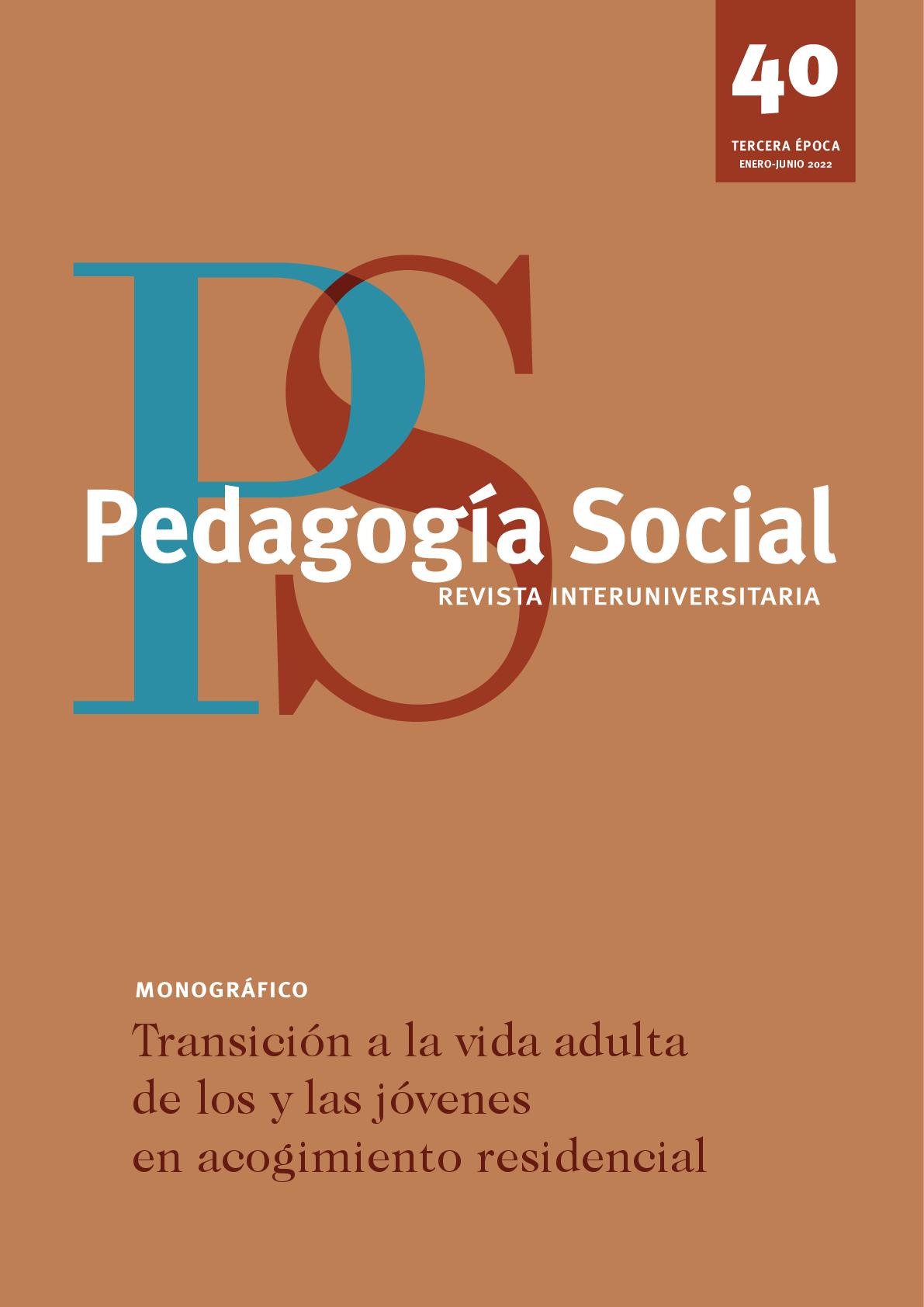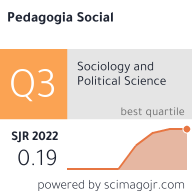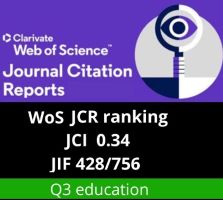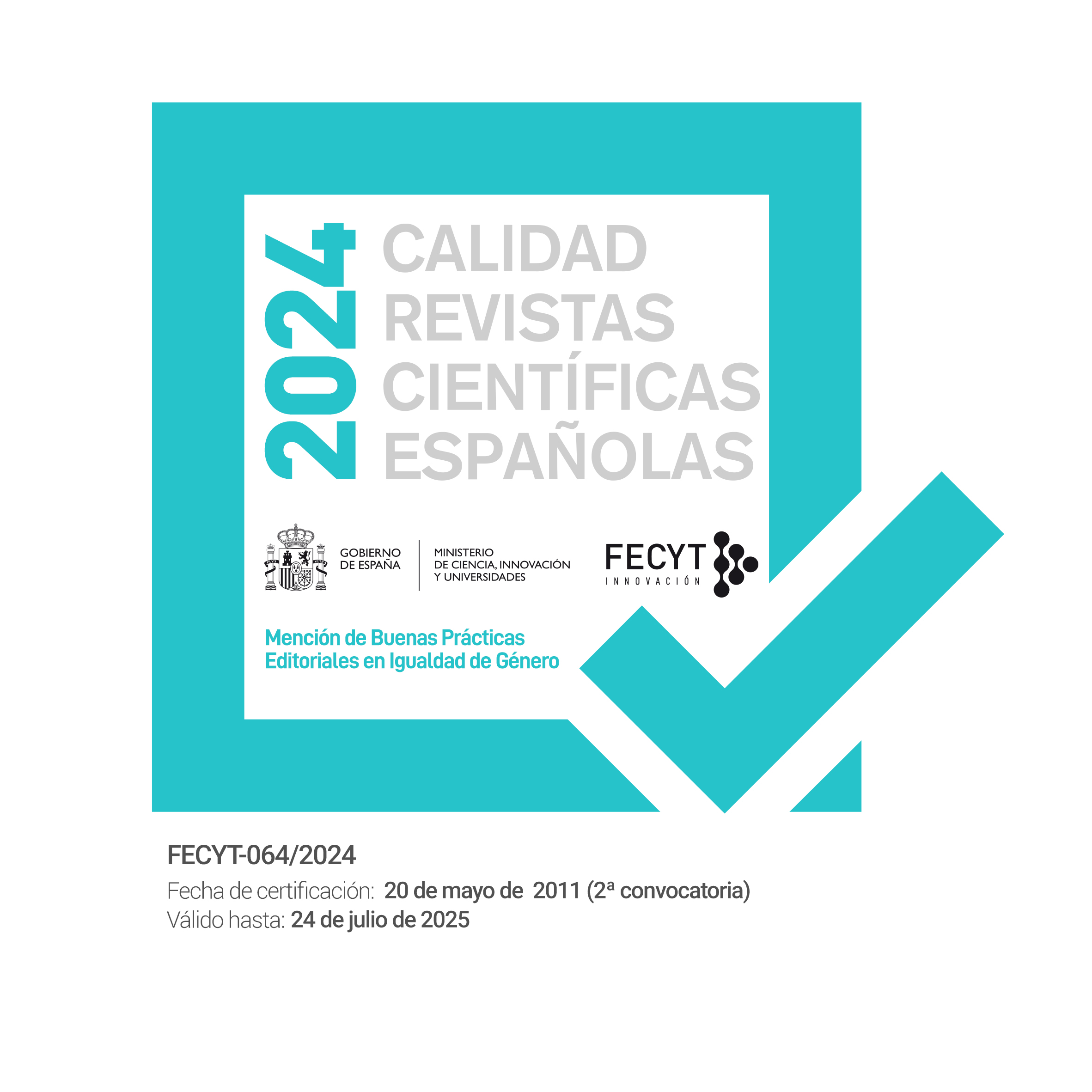Justificación y actitudes del estudiantado frente a la violencia en universidades colombianas
DOI:
https://doi.org/10.7179/PSRI_2022.40.08Palabras clave:
actitudes proviolentas, justificación, violencia, universidad, bullyingResumen
La evidencia empírica sobre la violencia en universidades se ha enfocado comúnmente en identificar conductas de agresión o acoso (bullying) entre estudiantes y en analizarlas en función del género y de variables psicosociales. Esta investigación correlacional-exploratoria aporta desde Colombia, una perspectiva novedosa al identificar actitudes frente a la violencia en contextos universitarios y las razones que dan los alumnos encuestados para justificarla por asuntos religiosos, académicos, económicos, políticos, étnicos y físicos o sexuales. Se aplicaron dos escalas confiables diligenciadas voluntariamente por 710 jóvenes universitarios colombianos con una edad promedio de 20 años. Los hallazgos indican que la justificación de la violencia en la universidad por razones físico-sexuales, económicas, religiosas, académicas e ideológicas está asociada significativamente con el género y con la actitud de las víctimas de buscar apoyo profesional y tolerar negativamente las conductas violentas sufridas por parte del agresor. Asimismo, los testigos que justificaban la violencia en la universidad tenían una mayor probabilidad de convertirse en cómplices del agresor. Estos resultados evidencian la necesidad de implementar estrategias educativas con un enfoque cognitivo que permita intervenir multidimensionalmente a víctimas, agresores y testigos para lograr resultados más eficaces a la hora de prevenir o reducir conductas violentas entre jóvenes universitarios.
Descargas
Descargas
Publicado
Cómo citar
Número
Sección
Licencia
Derechos de autor 2022 Pedagogía Social. Revista Interuniversitaria

Esta obra está bajo una licencia internacional Creative Commons Atribución-NoComercial-CompartirIgual 4.0.
Derechos de reproducción y archivo
La versión publicada de los artículos podrá ser autoarchivada por sus autores en repositorios institucionales y temáticos de acceso abierto. No obstante la reutilización total o parcial de los mismos en nuevos trabajos o publicaciones deberá ser autorizada por Pedagogía Social. Revista Interuniversitaria.
Los trabajos publicados deberán ser citados incluyendo el título de la Revista, Pedagogía Social. Revista Interuniversitaria, nº, páginas y año de publicación.
Responsabilidades éticas
Pedagogía Social. Revista Interuniversitaria no acepta material publicado anteriormente en otros documentos. Los/as autores/as son responsables de obtener los permisos oportunos para reproducir parcialmente material de otras publicaciones y citar correctamente su procedencia. Estos permisos deben solicitarse tanto al autor/a como a la editorial que ha publicado dicho material.
Es obligación de Pedagogía Social. Revista Interuniversitaria detectar y denunciar prácticas fraudulentas.
En la lista de autores/as firmantes deben figurar únicamente aquellas personas que han contribuido intelectualmente al desarrollo del trabajo.
La revista espera que los/as autores/as declaren cualquier asociación comercial que pueda suponer un conflicto de intereses en conexión con el artículo remitido.
Los autores deben mencionar en el manuscrito, preferentemente en el apartado del método, que los procedimientos utilizados en los muestreos y controles han sido realizados tras la obtención de consentimiento informado.
La revista no utilizará ninguno de los trabajos recibidos con otro fin que no sea el de los objetivos descritos en estas normas.
Aviso de derechos de autor/a
© Pedagogía Social. Revista Interuniversitaria. Los originales publicados en las ediciones impresa y electrónica de esta Revista son propiedad del Pedagogía Social. Revista Interuniversitaria, siendo necesario citar la procedencia en cualquier reproducción parcial o total.
Salvo indicación contraria, todos los contenidos de la edición electrónica se distribuyen bajo una licencia de uso y distribución “Creative Commons Reconocimiento-No Comercial 3.0 España” (CC-by-nc). Puede consultar desde aquí la versión informativa y el texto legal de la licencia. Esta circunstancia ha de hacerse constar expresamente de esta forma cuando sea necesario.






